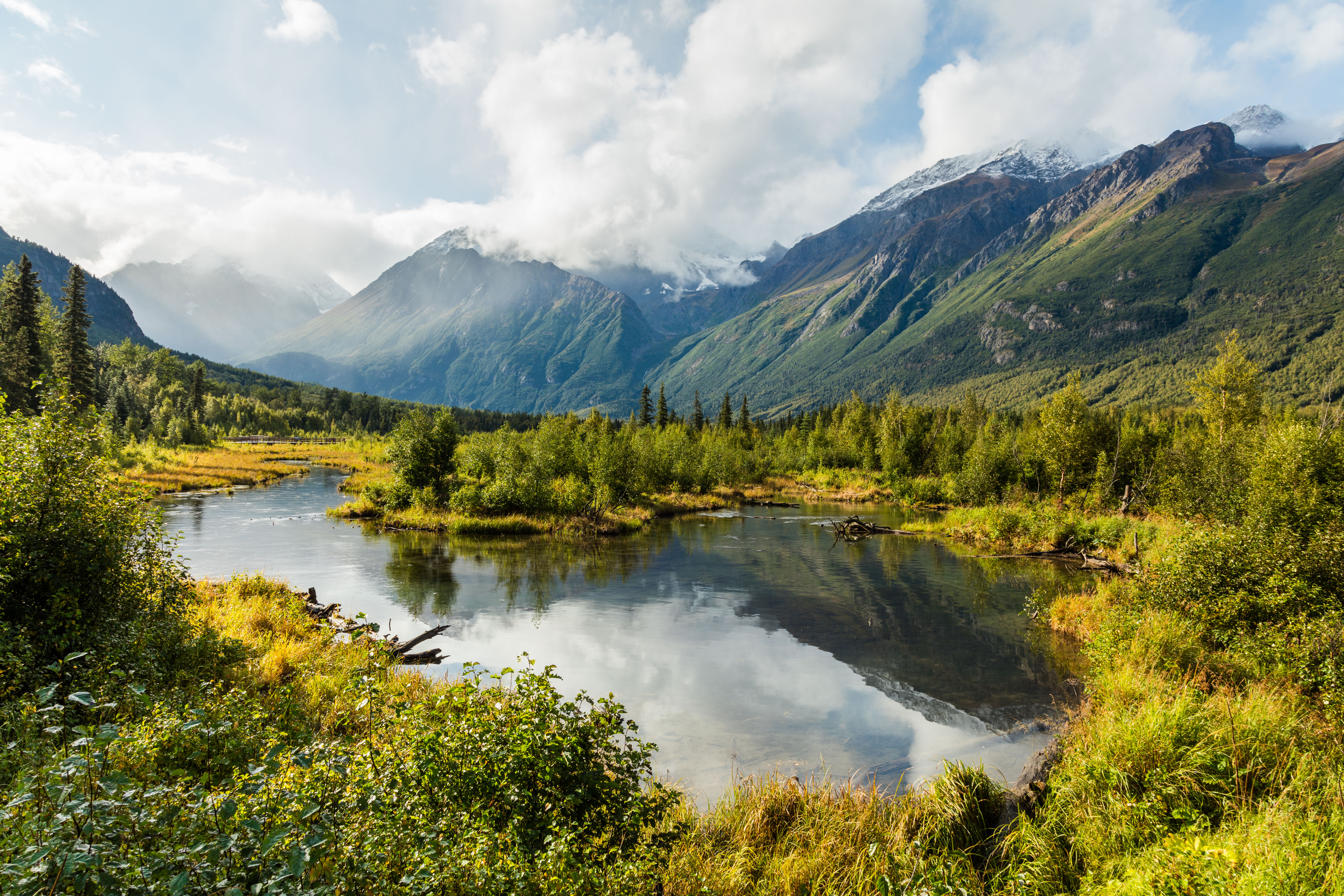Energy
ANWR Could Churn Out Billions Of Barrels Of Oil. That’s Why People Want New Seismic Surveys

Photo of Alaska. (By Diego Delso, https://commons.wikimedia.org
Drilling in the Arctic National Wildlife Refuge’s (ANWR) coastal plain could add billions of barrels to U.S. oil production over a 20-year period, according to new federal estimates.
The U.S. Energy Information Administration (EIA) estimates ANWR could increase U.S. production between 2 billion and 5.1 billion barrels of oil from 2013 to 2050. The mean estimate is 3.4 billion barrels over that 20-year period.
There’s just one tiny caveat — well, okay, it’s a big caveat: those figures are based on decades-old seismic data.
GOP-led tax cuts passed late in 2017 included a provision to begin lease sales in ANWR, ending a decades-long political battle between environmentalists, the oil industry and Alaska over drilling in the 1.5 million–acre coastal plain.
President Donald Trump’s opening of ANWR might have settled the question of whether or not to drill in ANWR, but now federal and oil industry officials might have to settle another: how much oil is actually there?
“We need better estimates, and those will come from looking and updated seismic research,” said Daniel Kish, a distinguished senior fellow at the free-market Institute for Energy Research.
“The last such research on ANWR’s oil and gas potential was done over 30 years ago, using two-dimensional seismic and early 80’s computing power,” Kish told The Daily Caller News Foundation.
Independent Gov. Bill Walker of Alaska had a plan to put $10 million toward the cost of a three-dimensional seismic survey that would give a more detailed picture of the oil resources in ANWR, but he abandoned it in April and instead will mostly put the money toward 911 call centers.
Only one well was ever completed in the remote Arctic region in 1986 by Chevron and BP, but results have remained confidential. Federal figures rely on seismic data from neighboring oil and gas formations that was gathered in the mid-1980s.
In fact, EIA admitted there’s a whole lot of uncertainty surrounding how much oil can be extracted from ANWR since Congress, with help from environmentalists, has kept the area off-limits to exploration for decades.
The most recent resource assessment of ANWR was conducted by the U.S. Geological Survey (USGS) in 1998. The agency estimated technically recoverable oil reserves at 10.4 billion barrels.
USGS gave “a 5% chance of the resource being less than 5.7 billion barrels and a 5% chance of being as high as 16.0 billion barrels,” EIA noted.
“The existing data is just not that good, and opponents have fought every attempt to get better information, which is why provisions in the bill to open up ANWR are so strong on getting better science,” Kish said.
EIA doesn’t expect oil production to begin in ANWR until 2031 to account for time needed to lease the land, build out infrastructure and begin producing.
Alaska Republican Sen. Lisa Murkowski made sure a provision to open ANWR was included in the tax cut bill. The reconciliation provision called for $1 billion over 10 years through opening ANWR’s coastal plain, or 1002 area, to oil and gas drilling.
A 2012 Congressional Budget Office (CBO) report projected that opening the 1002 area to drilling would generate $5 billion in revenue over 10 years.
Follow Michael on Facebook and Twitter
All content created by the Daily Caller News Foundation, an independent and nonpartisan newswire service, is available without charge to any legitimate news publisher that can provide a large audience. All republished articles must include our logo, our reporter’s byline and their DCNF affiliation. For any questions about our guidelines or partnering with us, please contact [email protected].

